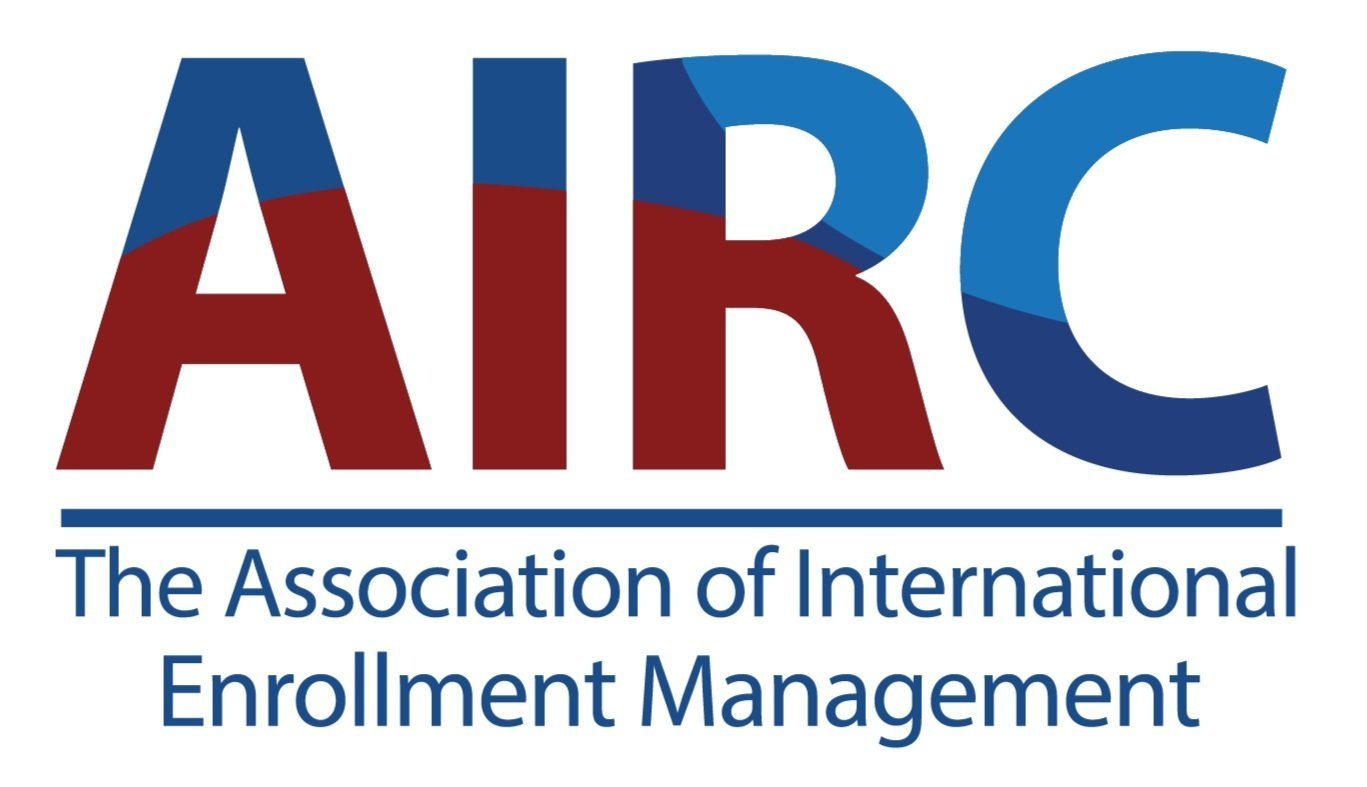Sales goals have long been a common tactic used by all types of businesses. Because the pandemic has put stress on institutional budgets and resources, educational agencies may be seeing an increase in institutions requesting the establishment of goals or targets. Specifically, institutions may request or require that agencies produce a certain number of student enrollment referrals.
PROS of Establishing Targets
Goals focus attention on what is important and provide employees direction about how to perform their jobs. Goals energize people and motivate them to succeed. In the business world, it is common for companies to link sales team incentive pay to goal achievement. This makes effective goal setting a common strategy for directing and motivating sales teams and controlling costs. (Harvard Business Review 6.14.2019).
For institutions that have a strong track record of partnering with agencies and a portfolio that includes multiple agencies in various markets, enrollment targets help to streamline operations and focus on the agencies that are high performing and producing higher numbers of student referrals.
When institutions set targets that are then met, agencies are rewarded with any added incentives and sustained, long-term institutional relationships.
Institutions that use targets to focus on their partners that provide best student fit can focus on successful partnerships and refine their overall agency portfolio by terminating contracts of partners that are not performing.
CONS of Targets
Superior agency performance is not just about numbers: it includes quality matching of student profiles to the institution.
Educational agencies may feel pressure to meet targets and refer poorly matched students to the institution. Repercussions of this poor placement may include student academic failure, student transfer, and harm to the agency’s and the institution’s reputation.
Target setting should be approached with caution by an institution that is new to agency partnerships and not as well known internationally. In this case, setting student referral targets may be unrealistic and impractical until that institution has time to build its brand and develop a marketing plan with and train the agency partner.
Best Practices for Establishing Targets
When institutions and agencies choose to partner together, they must undertake a commitment to devote resources and acquisition costs to that effort, including staff time dedicated to contract negotiations and partnership management. There are also costs for production of recruitment materials, other marketing, and costs to train agency counselors. For the benefit of both institutions and agencies, AIRC has outlined below some best practices when considering targets and establishing targets.
Conversations around goal setting are critical and should be had early in contract negotiations. For example, agencies should be able to generally predict if they have right-fit student clientele for institutional prospects. Would additional resource commitments from the institution be required to meet goals?
Poorly matched institutional-agency partnerships may result in few or no student referrals. The question should be asked in advance: Is there a clear rationale for the agency to contract with a particular institutional partner?
Instead of simply stating the targets and rewards, align the targets with stated goals for best-fit student referrals and the promise to provide the tools to the agency to help them represent the institution, such as regular training, frequent communication, and quick, responses to inquiries.
Consider measuring and setting goals not only for the “outputs” (i.e., Student referrals) of a partnership, but also for the “inputs.” For example, set goals for the activities that bring referrals, such as training. How many counselors attended training? Were those being trained assessed on their knowledge and praised when satisfactory results were achieved?
If targets are used, start with small goals and increase them over time. Evaluate performance regularly and have open discussions about the targets and the need for making any adjustments.
Consider using targets only in markets that are already producing strong referrals. Allow newer or smaller markets the time necessary to build your institutional brand in them.
Blog post by:
Jennifer Wright, AIRC Director of Certification and Associate Director
George Burke, SUNY University at Albany
Brian Whalen, AIRC Executive Director
Catherine Marte, AIRC Member Services Manager

